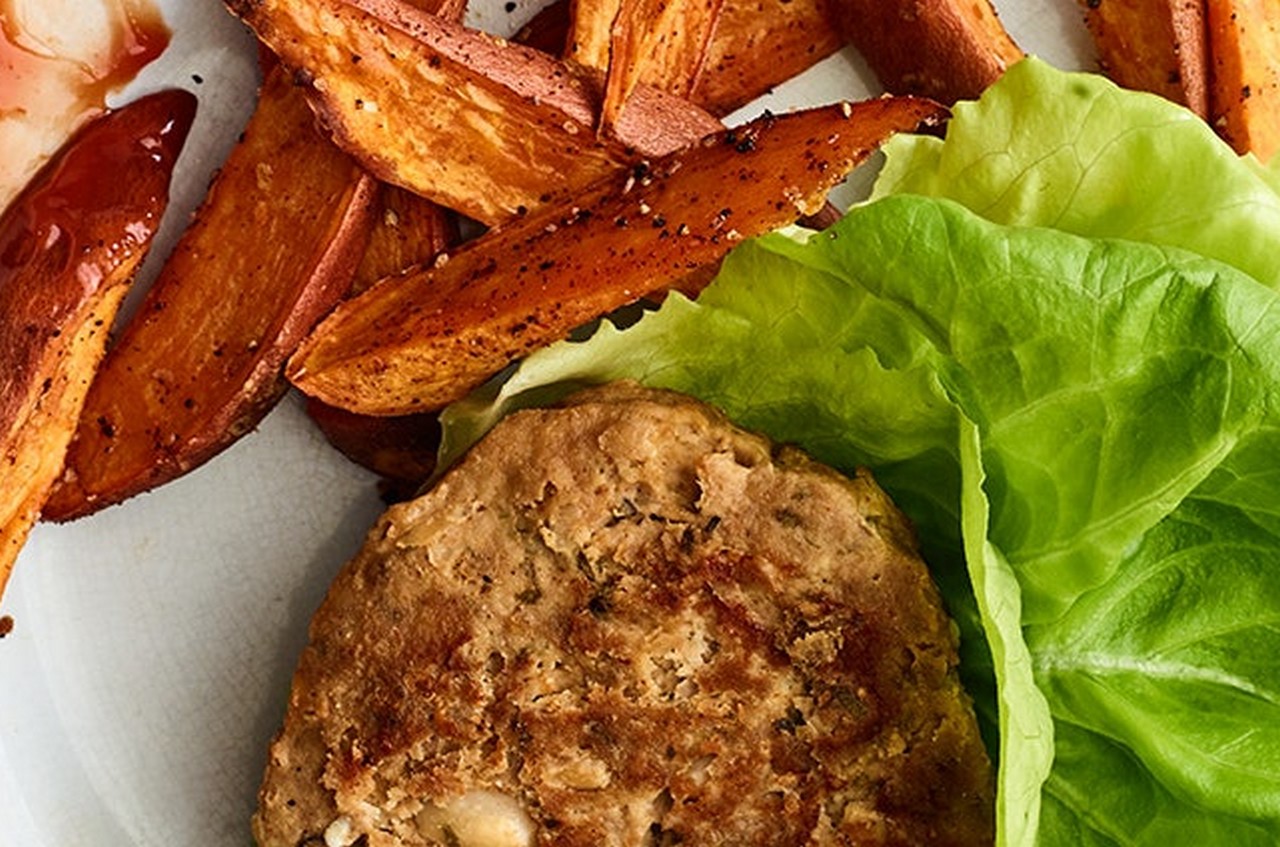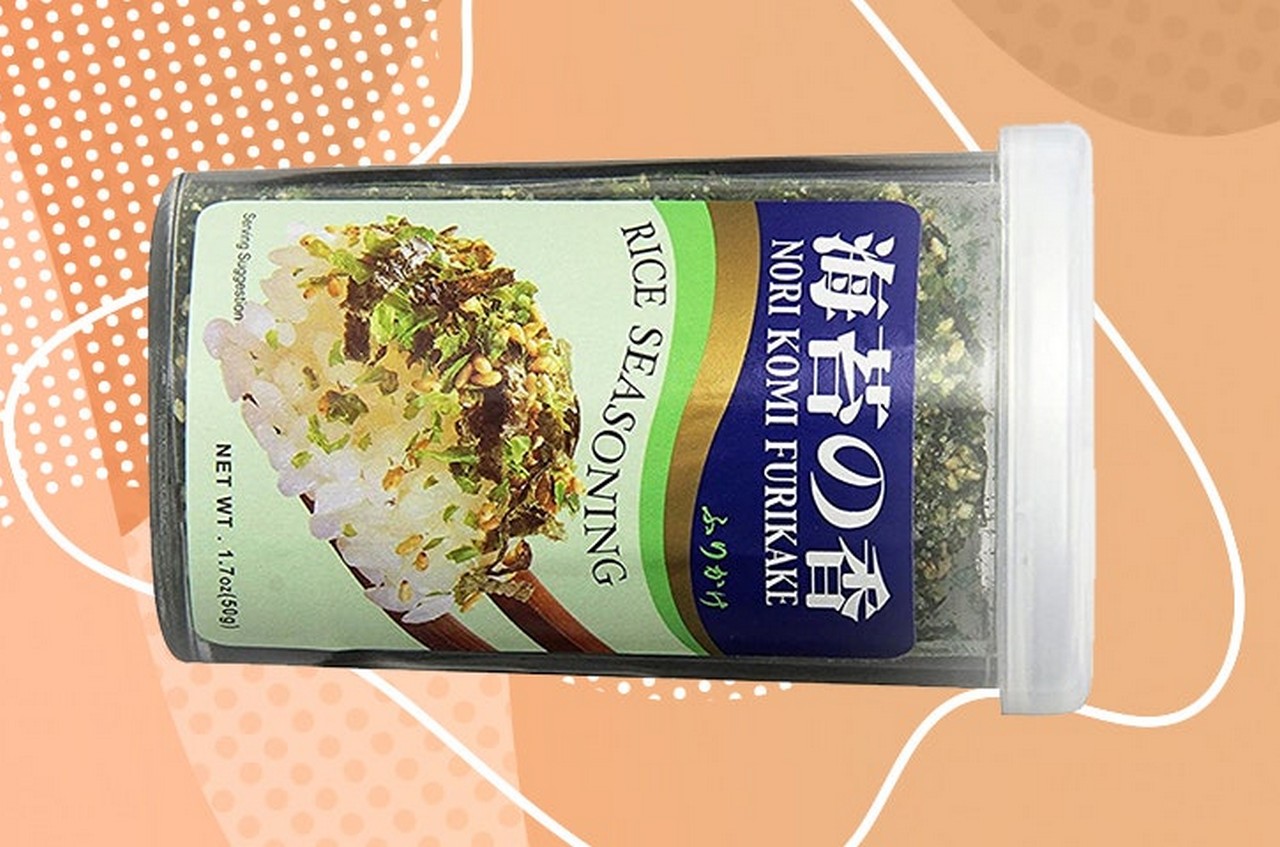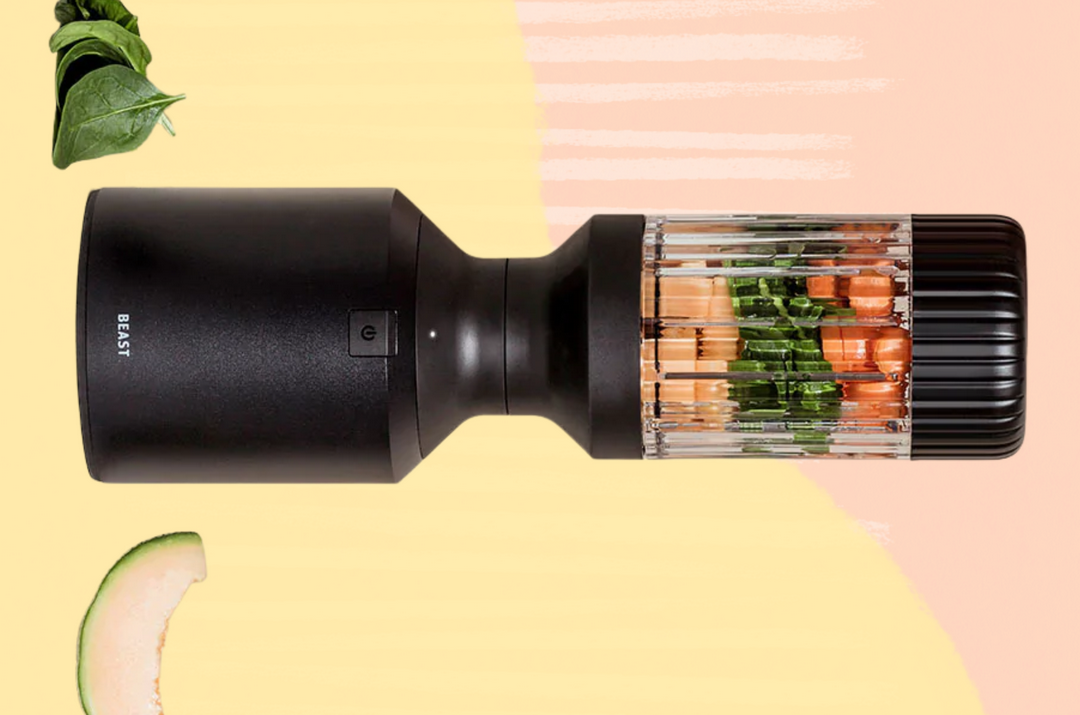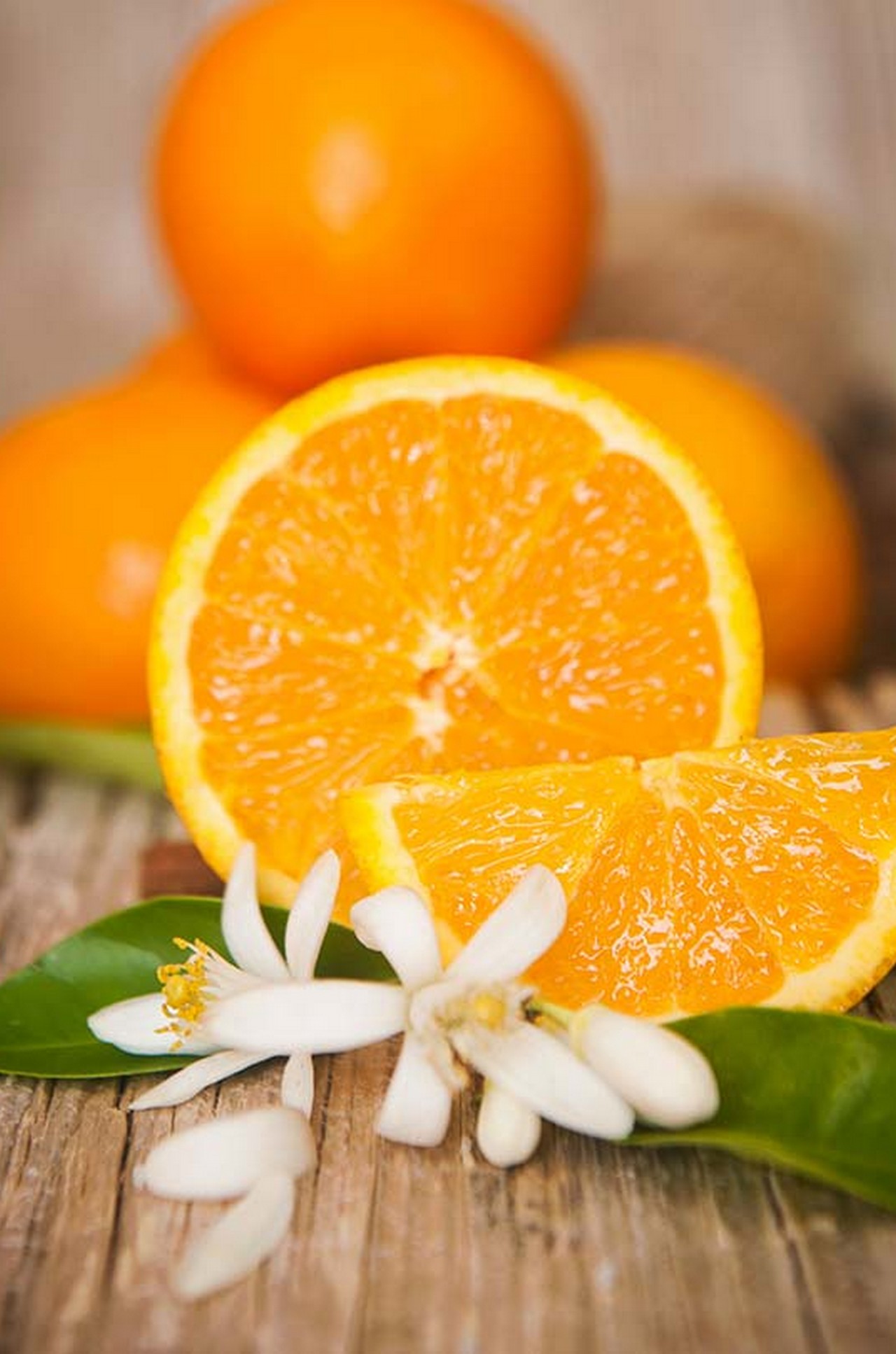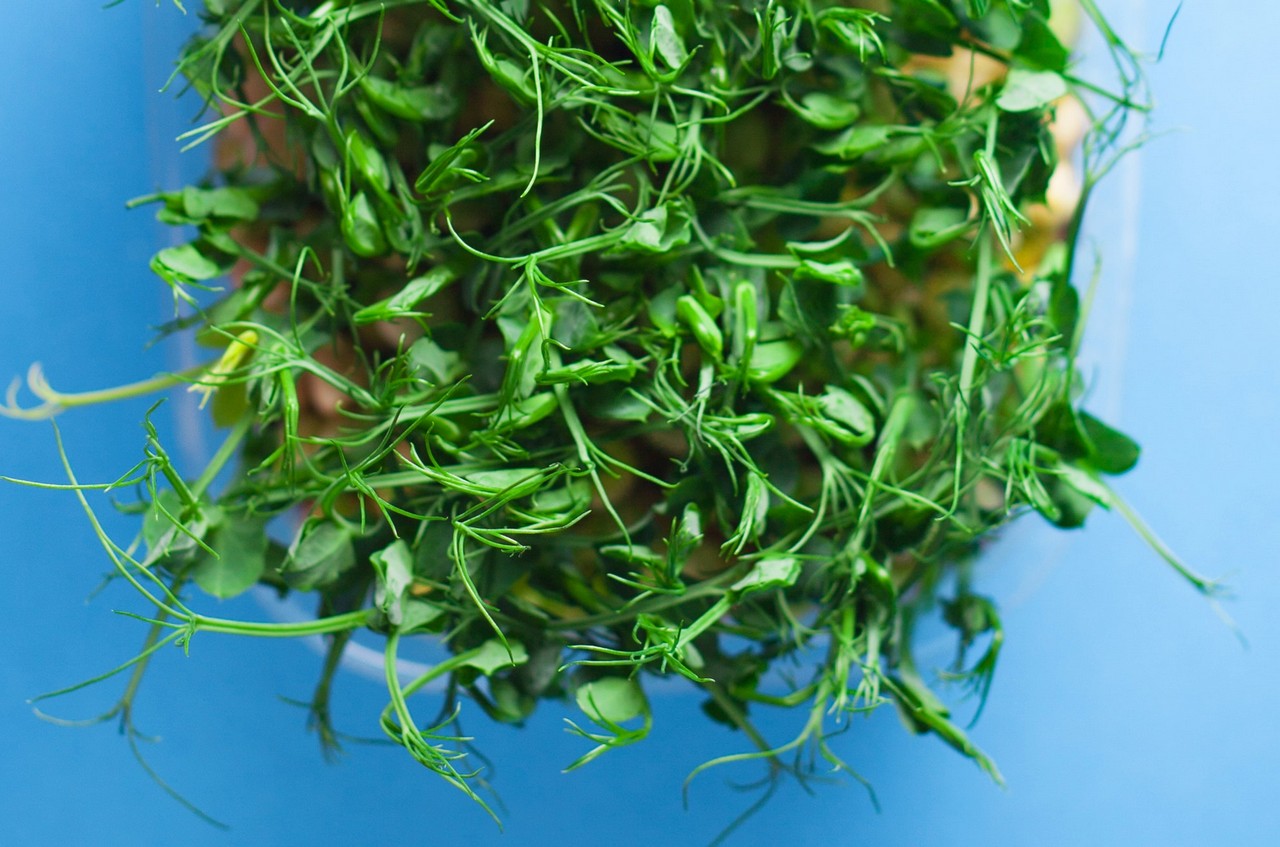
Microgreens sound pretty cute and healthy, right? Greens are great, and everything is better when you make a tiny version of it. But you might also wonder, what are microgreens, actually?
So here’s what you need to know about what microgreens are, exactly. Plus, why people like them, what they taste like, their nutritional benefits, how to use them, how to grow them, and where to buy them.
What microgreens are
“Microgreens are an innovative category of vegetables harvested as tender immature greens,” Francesco Di Gioia, Ph. D., assistant professor of Vegetable Crop Science at the Penn State College of Agricultural Sciences, tells SELF. These teeny-tiny greens are the seedlings produced by sprouting the seeds of plants like vegetables, herbs, and some pseudograins (like amaranth and buckwheat), including wild edible species, Di Gioia says.
Somewhere between a sprout and a baby veggie, microgreens are essentially the same plant you’d buy at the grocery store (like a veggie or herb), at a much earlier stage of growth, Tyler Matchett, cofounder of Splash of Greens, an urban microgreens farm in New Brunswick, Canada, tells SELF. “If left to grow, they would become a full-grown vegetable,” Matchett explains. But microgreens are typically harvested just one or two weeks after germination—and up to four, Di Gioia says, depending on the species—when the plant is just one to three inches tall. You snip off the portion of the seedling above the root, which includes the cotyledon (the initial leaf that sprouts out of the seed embryo), the stem, and the first “true leaves” of the plant. Bam, you’ve got a microgreen.
“Microgreens are also called ‘vegetable confetti’ because they are tiny, beautiful greens characterized by a variety of colors and shapes, as well as by very different and intense, sometimes surprising, flavors,” Di Gioia says. There are hundreds of different varieties of microgreens. Pea, sunflower, broccoli, and radish microgreens are some of the most popular varieties among Matchett’s customers. Other varieties include beets, Swiss chard, cucumber, sweet pea, endive, savoy, Brussels sprouts, mustards, cauliflower, tatsoi, spinach, kohlrabi, mint, basil, sorrel, cauliflower, arugula, collard, fenugreek, carrot, mizuna, corn, turnip, chervil, celery, scallions, and komatsuna.
Why people love microgreens
You might be wondering what’s so fantastic about these itty-bitty greens. A few things, actually.
1. They’re yummy.
First and foremost, these little guys can contribute a surprising amount of taste and texture to a dish. “A handful of microgreens can enrich very simple dishes, adding color, volume, and flavor at the same time,” Di Gioia says. “Chefs love them, and have been using them for years as garnish or a unique way to add flavor accents to a dish,” Matchett adds, noting they’re especially prized for their delicate texture and wide array of flavor notes.
What they taste like, exactly, totally depends on the plant. “Microgreens can be mild, sweet, bitter, sour, or can generate more complex flavors in our mouths [like] spicy, peppery, or licorice,” Di Gioia says.
“The flavor can almost be described as a more concentrated form of the vegetable,” Matchett explains. “A spicy radish, for example, will normally be spicier in its microgreen form. And you will get a wider taste profile, but you’ll still know it is radish—it’s just the tastiest radish you’ve ever eaten.”
2. They’re nutritious.
Microgreens can also add an extra dose of plant goodness to your meal. “Over the last few years, several studies have suggested that microgreens are nutrient-dense, being a good source of essential minerals, vitamins, and antioxidants,” Di Gioia says. While “there is a lot of variability between species and growing conditions,” as Di Gioia points out, generally speaking microgreens often have a greater concentration of these micronutrients than their full-grown counterparts, pound for pound. Many microgreens are four to six times higher in vitamins and antioxidants than the fully grown plant, according to the U.S. National Library of Medicine.
In a 2012 study, USDA and University of Maryland researchers evaluated the vitamin and antioxidant content of 25 common microgreens. They found that although there was a lot of variation between the species, in general microgreens had markedly higher concentrations of vitamins and carotenoids (a type of antioxidant) than full-grown plants. For example, red cabbage microgreens had more than 40 times the vitamin E content and 28.6 times the lutein-zeaxanthin concentration (two types of carotenoids) than fully grown red cabbage.
In a 2016 study published in the Journal of Food Composition and Analysis, researchers performed a controlled experiment by planting 100 lettuce seeds, then randomly harvesting one kilogram of microgreens two weeks after germination, and one kilogram of mature lettuce 10 weeks after germination. They found that compared to the mature lettuce, the microgreens were on average a significantly better source of most of the minerals they measured—including calcium (two times as much as mature lettuce), iron (1.9 times as much), manganese (9.3 times as much), zinc (1.6 times as much), and selenium (five times as much).
3. They’re easy and fun to grow.
While you can buy freshly harvested microgreens, part of the attraction for some folks is growing the little plants for themselves. “People love the opportunity to self-produce microgreens and eat their own fresh greens,” Di Gioia says. Microgreens make the experience of growing your own food more accessible to city dwellers and novices because they require very little space and upkeep, Di Gioia explains. And you don’t need to have a green thumb or ton of patience to grow them successfully, since they’re low-maintenance and ready to harvest within days.
The grow-your-own-food aspect of microgreens has become especially appealing and practical this year, with people trying to cut down on trips to the grocery store, Di Gioia says. “During the pandemic, a lot of people have changed their shopping habits, and many started to produce their own vegetables, including microgreens, just to avoid going to the supermarket every other day,” Di Gioia says. “Not everyone has a garden, and microgreens offer the possibility to produce fresh greens even in an apartment or the basement of a small house.”
How to add more microgreens to your diet
Microgreens are versatile and experimentation-friendly. You can use them as a fresh garnish on just about any savory dish—soup, pasta, grain bowls, stir-fries, avocado toast, eggs, baked potatoes, casseroles roasted veggies, meat, or fish. Matchett’s customers love sprinkling microgreens on hot pizza, using a bunch in a salad, throwing them in a green smoothie, or using them in place of lettuce on a burger or sandwich. “Some people even go as far as to make them into a tasty pesto,” Matchett says.
Most Popular
- Does Rowing ‘Count’ as Strength Training?
By Tiffany Ayuda
- This Simple Morning Habit Can Help You Sleep Way Better at Night
By Julia Ries
- 18 Hot and Horny Sex Games
By Malia Griggs
As for where to get your microgreens? You can buy seeds, trays, and growing mediums (typically soil mixes or fiber mats) for pretty cheap from any local gardening center or online seed seller, Matchett says. He recommends True Leaf Market for seeds and supplies (also sold via Amazon), as well as Terrafibre brand hemp grow mats ($16, Amazon). Many seed companies also sell super-convenient (although pricier) growing kits that include everything you need to get started, Di Gioia says—seed mixes, trays, growing mediums, and instructions. Di Gioia finds Johnny Selected Seeds to be the all-around most reliable seller for quality seeds and growing kits. “They have a full catalog just for microgreens and provide information on seed quality (germinability, seed weight), days from sowing to harvest, seeding density, and taste of the specific microgreens,” he says. (If you’re going the DIY route with just seeds instead of a growing kit, check out Di Gioia’s step-by-step growing guide here.)
And if growing your own microgreens sounds like more of a pain in the butt than a fun hobby, no worries. As interest in microgreens grows, they’re becoming more widely available to consumers, Di Gioia says. You can purchase fresh microgreens from local suppliers, like farmers markets or urban farms (try googling “microgreens near me”), as well as, increasingly, supermarkets.
“I would just like to encourage people to try them out,” Matchett says. “Even if you are not a fan of vegetables regularly, pick up a pack from a local farmer if you can find them in your area, and add it to your favorite food. I don’t think you would be disappointed.”
All products featured on SELF are independently selected by our editors. However, when you buy something through our retail links, we may earn an affiliate commission.


